Turkey Vultures have returned to Mason Valley. In the cooler days of Spring there would be individuals perched in giant Cottonwood tree, wings outstretched to warm up in the rising sun.
More than 30 of them at a time can often be seen catching the updrafts of wind as they glide in circles over the Anaconda copper pit. A small group of these giant birds were on the roadside of Goldfield Avenue one week cleaning up an unfortunate roadkill.
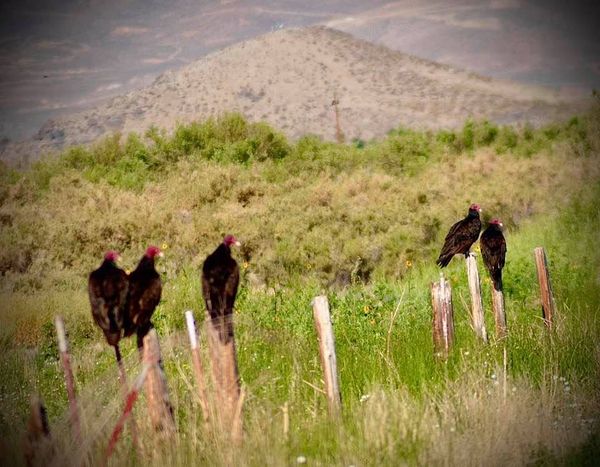
These black feathered birds have a wing span of about 5 feet, and have bald heads. One of the evolutionary reasons for their bald heads is so that, when they are poking their beaks inside of carrion (dead animal), the vulture won’t get rotting meat on it’s sparse head feathers.
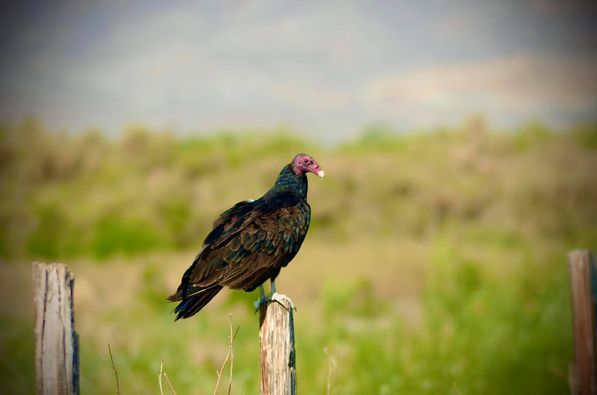
Per the National Geographic, “The most widespread vulture in North America, the turkey vulture is locally called “buzzard” in many areas. A turkey vulture standing on the ground can, at a distance, resemble a wild turkey. It is unique among our vultures in that it finds carrion by smell as well as by sight. When threatened, it defends itself by vomiting powerful stomach acids.”
On Youtube.com, you can get a humorous glimpse into the past watching Beaky Buzzard, compliments of Warner Brothers cartoons.
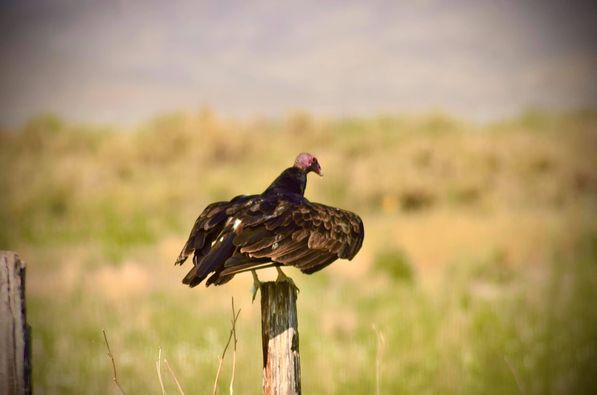
Jessica at the Reno office of the Nevada Department of Wildlife reported that the Turkey Vultures are federally protected under the Migratory Bird Treaty Act. The professionals at NDOW are available to answer any wildlife related calls at 775/688-1506.
California Condors, in their fragile return from near extinction, can have a wing span of up to 10 feet, and may weigh up to 25 pounds; compared to the Turkey Vultures with their 5 foot wing span and 5 pound weight. From a human’s view point on the ground, looking up at the birds in flight, these two relatives can have very similar silhouettes. In Southern California or even Southern Utah, you may see a rare Condor. But in Mason Valley, you would seeing our visiting Turkey Vultures.
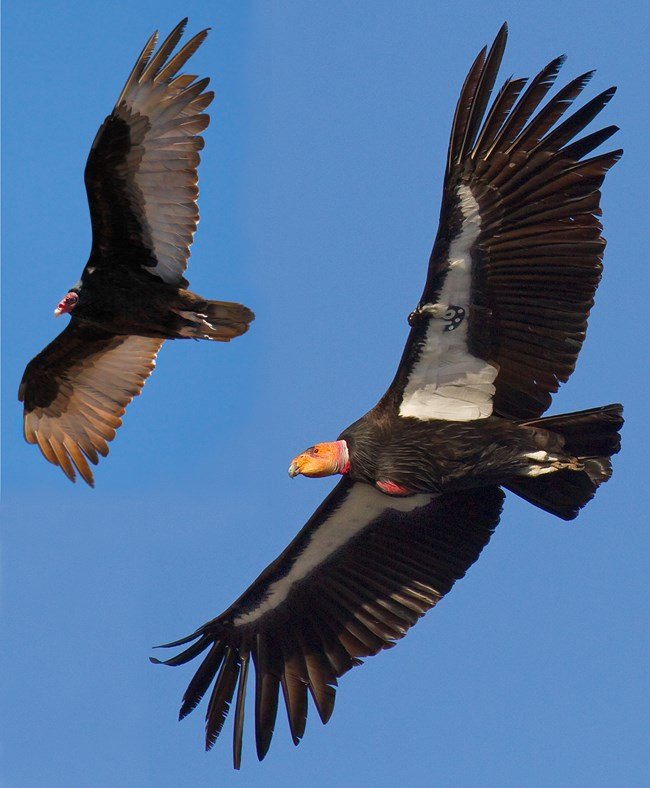
According to The Turkey Vulture Society, “A group of vultures is called a “Venue”. Vultures circling on thermals of hot air are also referred to as a “Kettle”, because they resemble the rising bubbles in a boiling pot of water.” So watch the trees, roadsides, and skies for Venues and Kettles during the next couple of months.
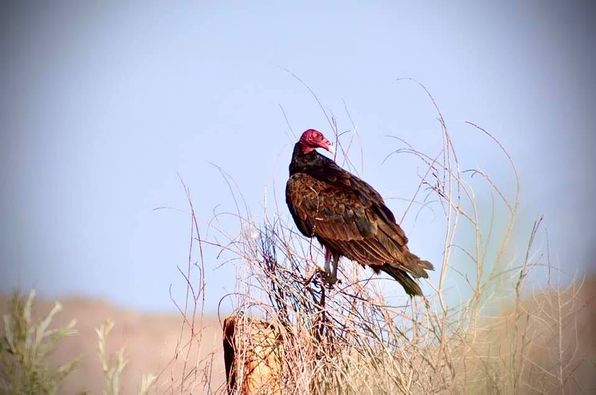

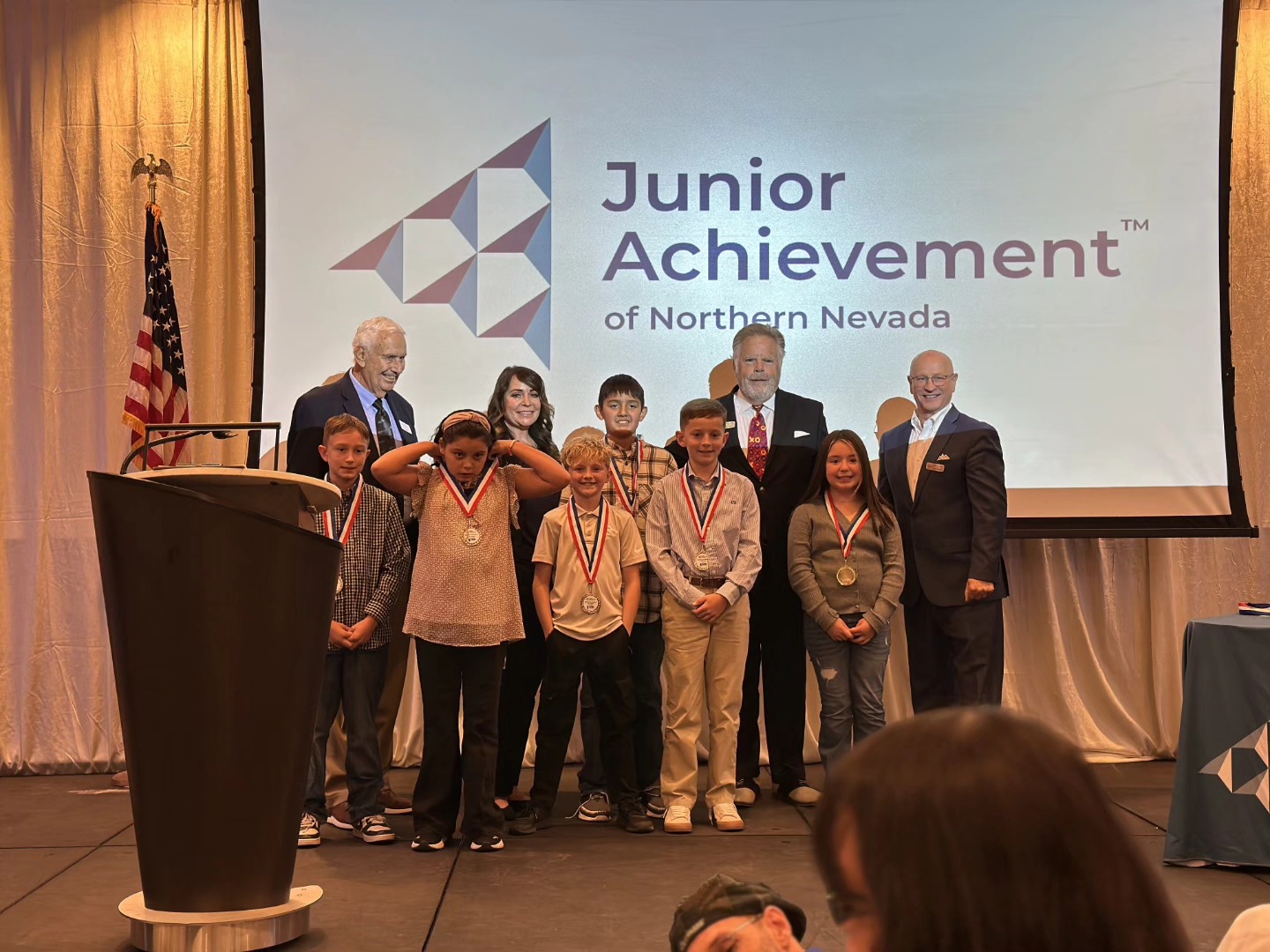
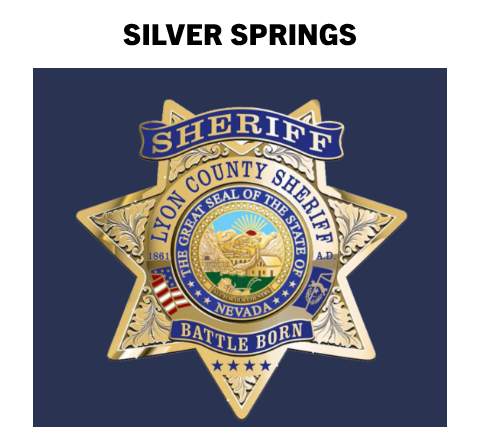

More Stories
Father & Son Duo Share Unique View of Anaconda’s Pit Lake in Yerington, Nevada
From Beehive to the Kitchen: 5 Generations of Hall’s Honey
Dan Hauck – Photographer Extraordinaire